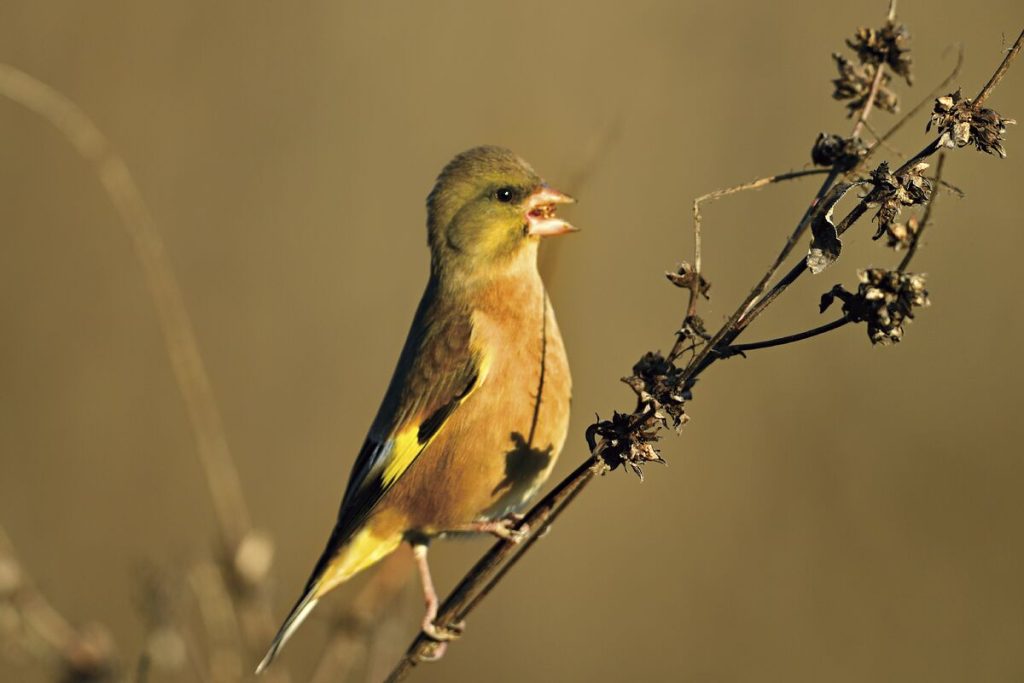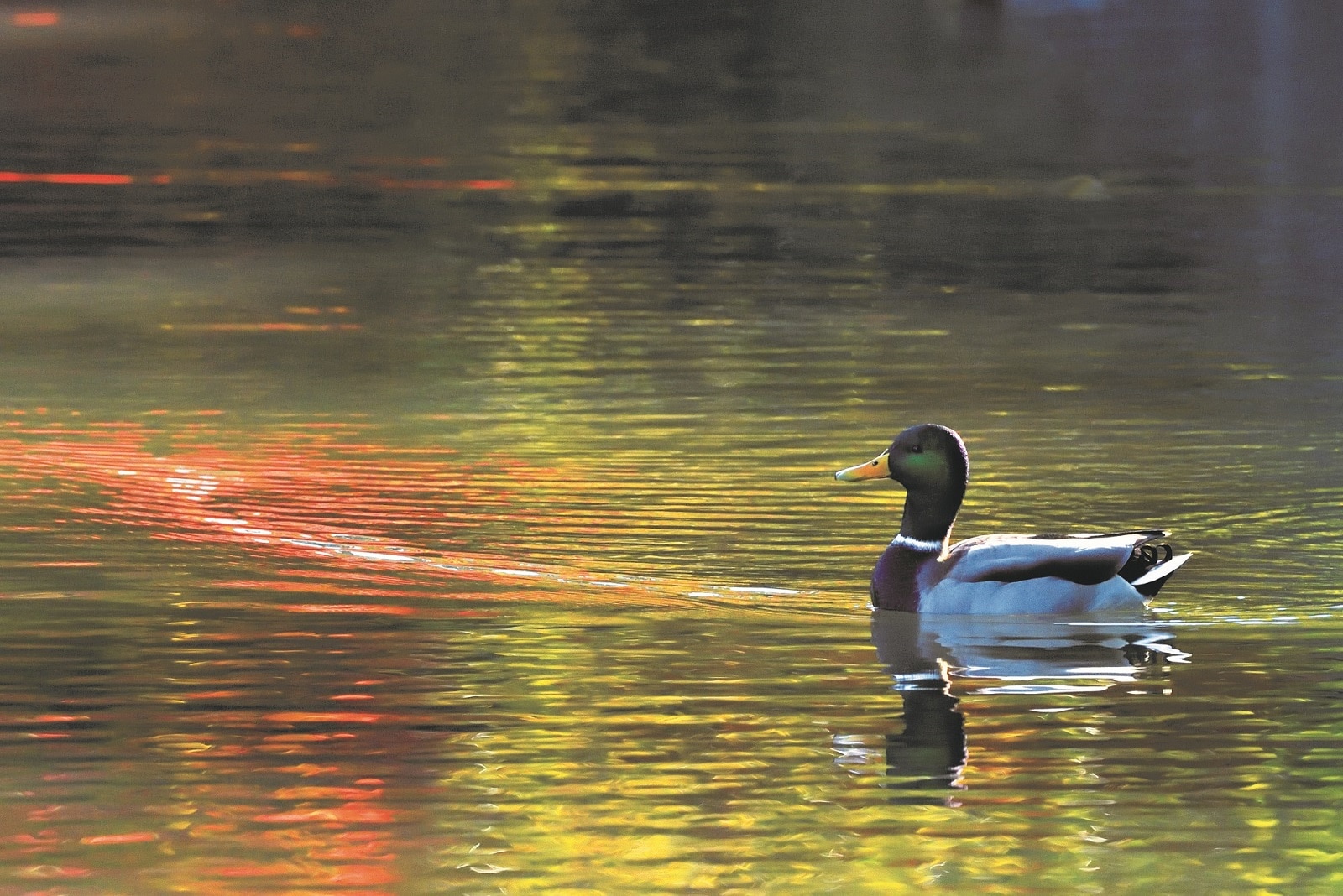Secret Story of Oriental Greenfinch
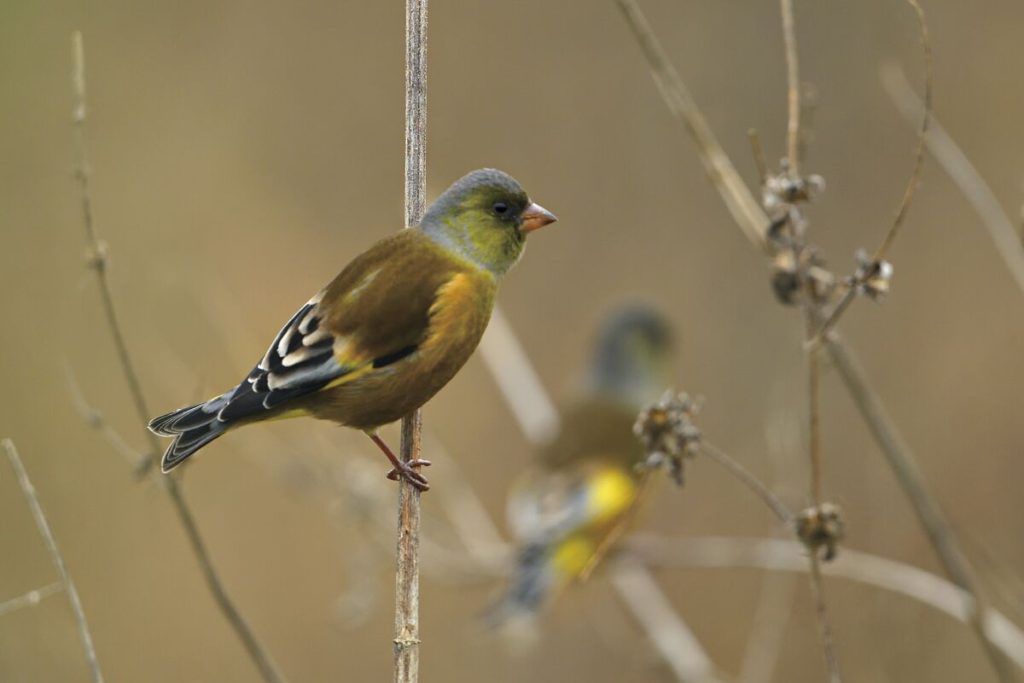
“Through the Lens” Fujingahou Magazine, February, 2024
Photos and text by HIH Princess Takamado
Photos edited by Koichi Fujiwara (NATURE’S PLANET)
February 4th is Risshun, the first day of spring in the traditional Japanese calendar used in the East since ancient times. In Japan, it is considered good to anticipate the season, and we take Risshun as an opportunity to change our clothes and decorations to reflect spring. However, the change of seasons does not always come according to the calendar, and especially nowadays, there seems to be a considerable discrepancy. In this issue, I would like to share with you some photos of Oriental Greenfinch (also known as Grey-capped or Bonin Greenfinch) I took early in the morning on the banks of the Chikumagawa River, while protecting myself from the cold. It is thought this species has been living in open environments such as riverbeds and seashores feeding on the fruits of grasses since before the Jōmon period (c. 14,000 to 300 BC), when Japan was covered with forests. After the Yayoi period (c. 500 BC to 300 AC), with the beginning of agriculture, they moved to more open environments created by humans. The bird has flourished in the present day because the grass seeds it feeds on are now more easily obtained in agricultural areas, such as rice paddies and fields.

Oriental Greenfinch is a familiar bird that is distributed in almost all areas of Japan and is often seen not only in agricultural areas but also in urban areas. However, after the breeding season in August and September, they are rarely seen in their breeding grounds. This is because they gather in a safe place such as riverbanks to spend time before moulting. There can be hundreds of birds in a basin when all the individuals in the area gather.
In October, Oriental Greenfinch return to their breeding grounds after finishing their moult and having renewed their feathers. Many males and females gather for ‘group blind dates’. The time of year varies between breeding areas, and in some locales, mating takes place in early spring. Males fight each other for the ‘right’ to court females in conspicuous places such as the tops of tall trees, and the winning males take turns with the female. The winning male and female then disperse around the area, and each couple decides where they will breed. The males that lose their turn will compete again for the courtship position. Who would have thought that such an epic drama could be unfolding so high above our heads in such a short period of time, just two weeks or so? Just thinking about it is rather exciting!
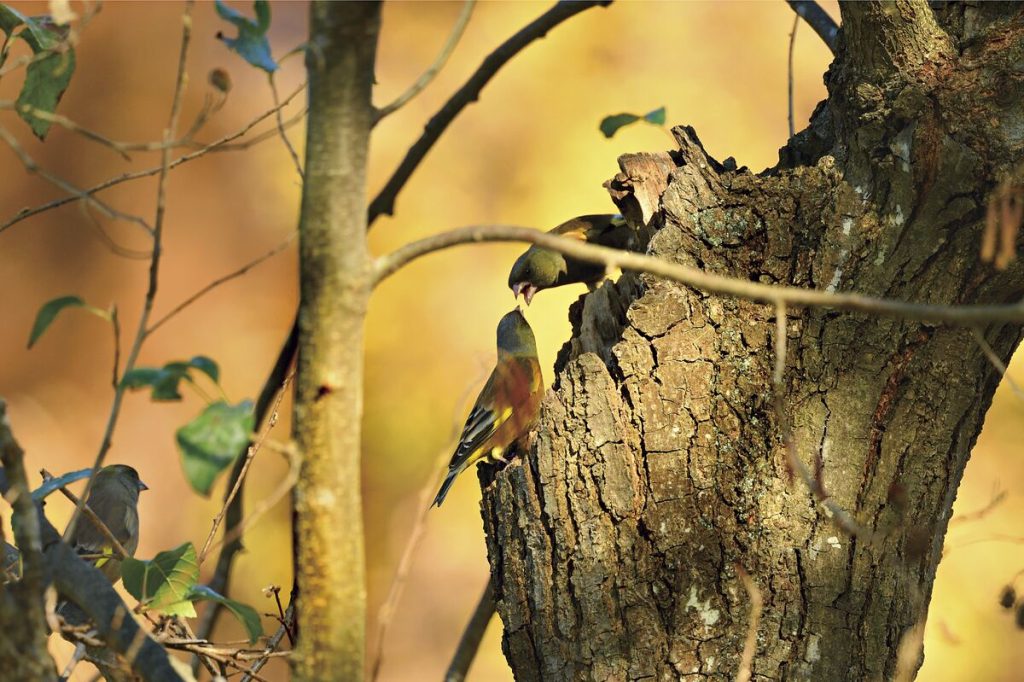
Oriental Greenfinches raises their chicks in a monogamous relationship. The female warms the eggs, and the male brings food to the egg-bearing female. The species is adapted to a herbaceous seed diet and is a year-round seed eater. Many birds belonging to the same family, Fringillidae, utilise an insect-only diet when raising their chicks, but Oriental Greenfinch feeds on the seeds of starwort and dandelion. They breed in the Akasaka Imperial Estate and often go down to the square, where dandelions are in full bloom to forage. They are colorful in photographs, but when they are among the flowers, they are so colorfully assimilated that we do not notice their presence until they sense us and fly away at once.
Even when a group of Oriental Greenfinches gathers in a tree, the leaves and sunlight filtering through the trees camouflage them and make them less conspicuous, but when they spread their wings, their bright yellow colour is eye-catching. The yellow wing patches are beautiful when in flight. I have tried many times to photograph them flying in groups, but have yet to get a good shot because they fly so fast and their dark eyes make it difficult to achieve a sharp focus lock.
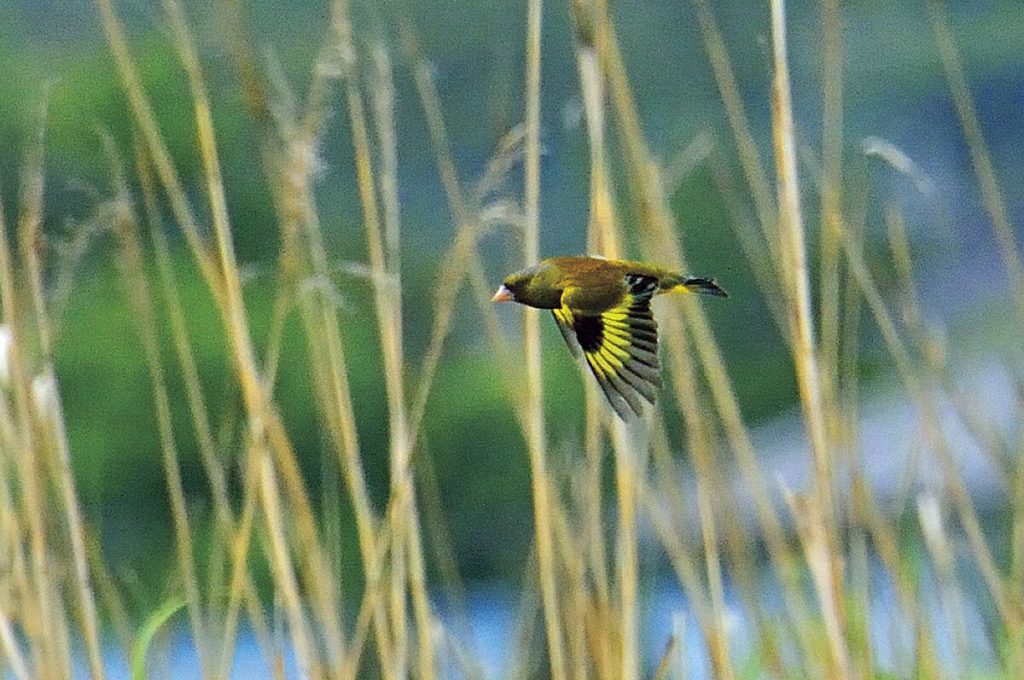
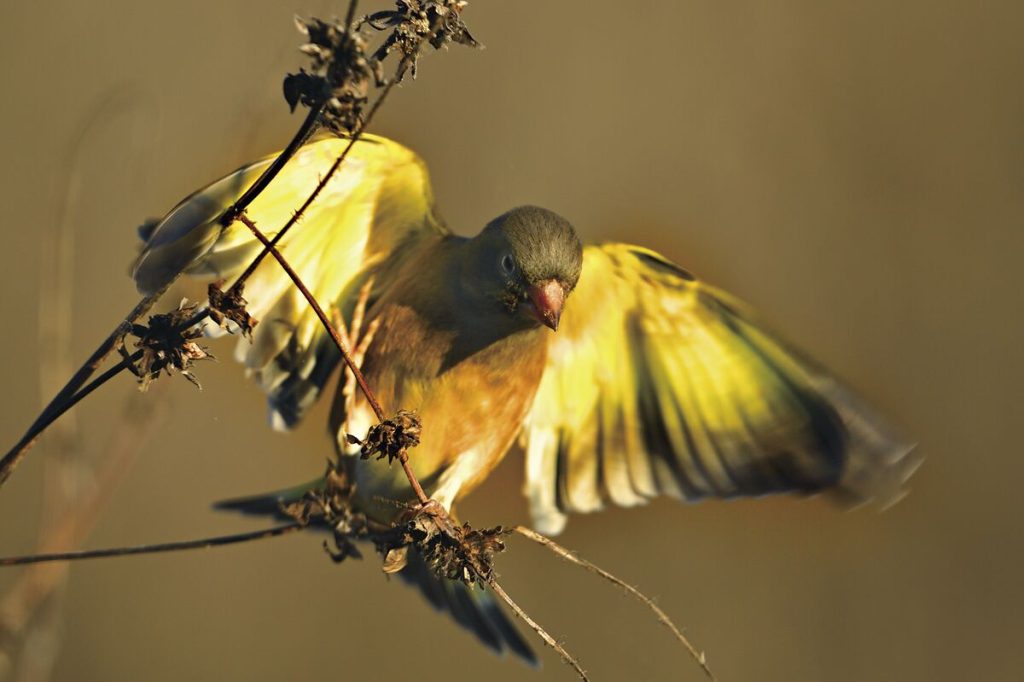
When observing birds, they sometimes act as if they have some kind of ‘arrangement’ or ‘rule’. Much of this is probably instinctive, established through their long evolutionary history. But I am quietly moved by the fact that their ‘social order’ is maintained by such behavior.
I always think that there is drama and depth to the daily lives of birds. Oriental Greenfinch is a species that has been in our country for a long time; they are so familiar to us, we may often overlook them. I am reminded once again that I must do my best to convey the charm of such birds to everyone ‘Through the Lens’.
